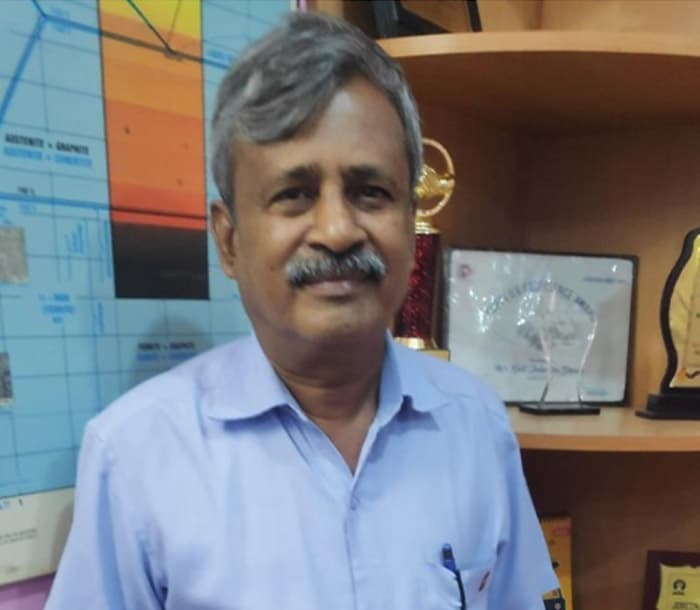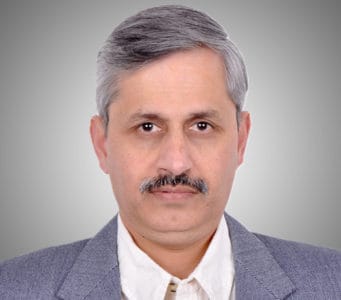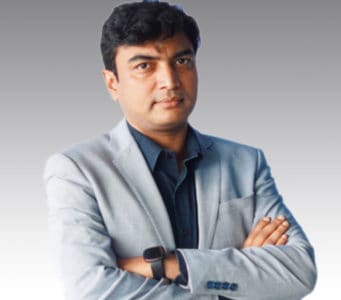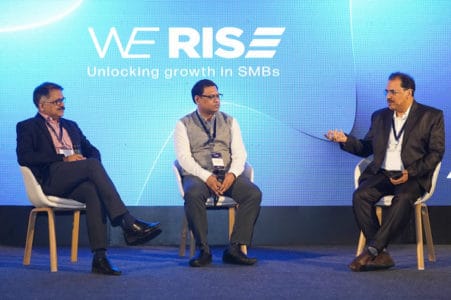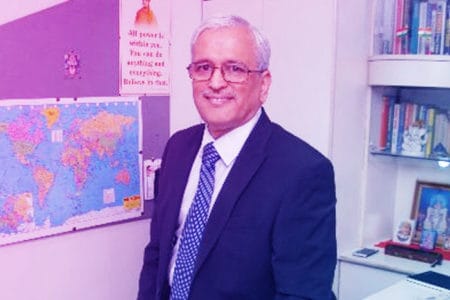– Sri Ram A.N.
Heat treatment is commonly used to alter or strengthen materials’ structure through heating and cooling. It can be applied to both ferrous and non-ferrous metals, and there are a number of different methods of heat treatment. Heat treatment is a controlled process used to alter the microstructure of metals and alloys such as steel and aluminium, copper, brass, and other metals to impart properties that benefit the working life of a component, for example, increased surface hardness, temperature resistance, ductility, and strength.
The India heat treating market is expected to reach USD 8.37 billion by 2027 at a 7.5% CAGR; according to a leading research report, the Entry of various automotive manufacturers in the country has fueled the demand for heat treating services over the past few years.
The use of high-strength steel in the automotive industry has increased exponentially, owing to the requirements of lightweight vehicles with improved fuel efficiency. The rapid growth of the Indian automotive sector has propelled the demand for heat treatment. Heat-treated components are used in numerous auto parts, such as transmission, suspension, engine, body frame, and braking systems.
Mr. R. Nagarajan, Managing Partner of “Best Heat Treatment Services,” based in Coimbatore, shares where the industry is marching post-COVID with CMR.
Q1. Can you share a short brief about Best Heat Treatment Services?
Ans. Post-pre-university studies in Alagappa College, Karaikudi – gaining experience for more than nine years, we started our organization in 1987. With a manpower strength of over 75 people, we do a turnover of around 25 crores. We have a foundry at Kinathukkadavu where more than 200 people are working.
Q2. What were your ambitions in the initial stage?
Ans. Coimbatore is a Foundry-based industry. We developed our process catering to that requirement and our core value of “not compromising on the quality.”
Q3. Which segments are you catering to?
Ans. We cater to the requirements of the Automobile, Textile, Foundry, Railways Engineering, Defense, Aerospace & Boiler Industries.
Q4. What are your contributions to the Aerospace Industry?
Ans. Almost 30% of our business is for Aerospace. We play a major role in VSSE. We have been the approved people for Heat Treatment for the past seven years and are doing a good volume of business. After machining, they will give us special grade material 15CDV6 – a chromium-vanadium stainless steel alloy supplied in tube form, MBN650, and Titanium. After heat treatment from us, further operations are continued. These parts are vital for the ground support & for the cryogenic engine – the last stage of space launch vehicles that uses Cryogenics. We are the approved people for BrahMos Aerospace as well.
Q5. How large is India’s commercial heat treatment market on a % basis?
Ans. Around 75% is commercial only, in which the automobile sector plays a predominant role and the rest 25% is for Aerospace, Defence, Railways, etc.; as we have enormous export opportunities to China – there are a lot of chances of increase in % of commercial heat treatment segments.
Q6. How do you rank out of all the commercial heat treaters in our country in terms of sales?
Ans. There is enormous growth in the commercial heat treatment segment since the automobile base is in the north and has more growth potential than in the South. In the South, Chennai is a major hub.
Q7. What changes have you seen in the market over the years regarding equipment, business trends, and attitudes in the market?
Ans. Trends in the market are consistent, with around 10% growth every year. Customers in the export business are wealthy. Financial support from the Govt is also appreciable, except for the interest rate when compared with other countries like China. The interest rate is around 3% to 4% in US & China, whereas it is above 9% to 10% in India. Capital Subsidy is up to 25% on machinery – an appreciable one.
Q8. Let’s talk Covid and its effect on manufacturing and heat treatment. What measures did you have to take at your plants & how did they affect productivity?
Ans. Being a job work, it is highly challenging. We have been providing food & shelter for our employees. Govt also gave some extra time on loan returns. Now things are returning to normal, and even if another wave comes, there won’t be much to worry about. There is no scope for another lockdown in the future as well. Logistic issues were there in the Foundry Market. Post Covid we had a tough time getting the containers, and the waiting time was between 3 to 9 months. The rent for the containers needed to be lowered. Now, things are back to normal.
Q9. What technology are heat treaters investing in? What would you estimate is the top-selling heat treatment technology in India and the world today?
Ans. For example, Austempered Ductile Iron (ADI) is used in a critical area. When casting is processed, it becomes ADI. So the life of it will be good than an ordinary casting. This technology is now available in Coimbatore. Likewise, even the latest technology abroad is available in India to almost 70% to 80%. Efforts are on to bring the remaining as well. If that happens, customers’ requirements are fulfilled here, and they need not leave Coimbatore.
Q10. How will the future of Heat Treatment Services in India be?
Ans. Even though the current trend indicates that it will definitely be upscale, there is a big question mark in front of us. Wages & Salaries are revised, taxation is high, the rate of interest a bank charge is also high, there is an abnormal increase in the electricity charges, raw material shortage and much more. In contrast, we could not increase our costs with our customers, resulting in very few profit margins.
Q11. What are the government’s supports in enhancing the growth of this industry?
Ans. Specifically, through our association, we are constructing a hostel where 1,000 workers, particularly migrant workers, can stay. SIDCO had provided land at a special discounted rate, and for building construction, SIDBI had offered us a very low interest of 4% on the loan. Companies can use this facility for their workers and pay the rent. This is an initiative of the Central Government & State Government.
Q12. Are the raw materials available without hassle?
Ans. Earlier, there was a raw material depo in SIDCO where our requirements will be procured and stocked. The rate also was less compared to the local market. It will be highly useful if it gets restarted immediately.
Players in the heat treating market in India are focusing on implementing green technologies and processes to reduce their environmental footprint. Companies are focused on increasing the use of natural gas-fired and electrically-heated furnaces. With the use of induction heating and plasma heating estimated to rise at a rapid pace over the next few years – this segment will be a flourishing one in terms of business.




